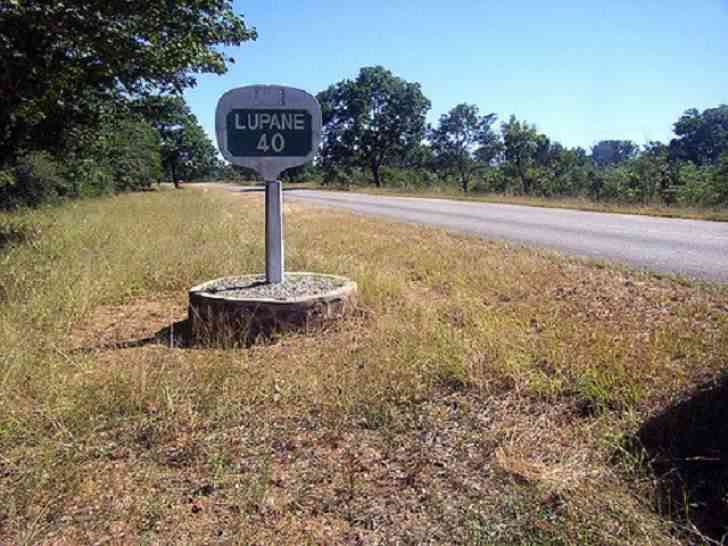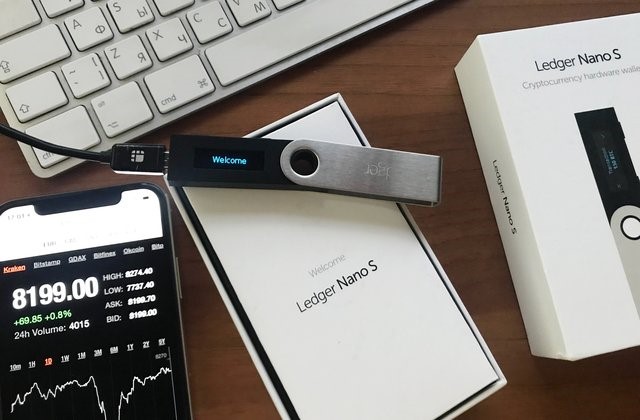
JUNIOR Chamber of Mines Zimbabwe expects 20% of all small-scale gold miners to be in a better situation by year end owing to record high gold prices.
As of Wednesday, the price of gold per ounce was US$3 309,10, which is an over 40% increase from the comparative period last year.
With the Zimbabwe Miners Federation currently expecting small-scale miners to deliver 30 tonnes of gold by year end, should these prices hold, artisanal miners stand to make significant returns.
Artisanal small-scale miners produced 65% of the total 13,8 tonnes of gold delivered to Fidelity Gold Refinery during the first quarter.
In an interview with NewsDay Business, Junior Chamber of Mines Zimbabwe secretary-general Dosman Mangisi said the volatility in gold prices, currently at record highs, presented a rare opportunity for miners to mechanise and optimise operations.
“The most promising area in mining right now is definitely gold. With the current price surge, if there can be proper leverage, whether through funding, equipment access, or partnerships, then about 20% of miners could find themselves in a much better position,” he said.
“We’re talking about well-mechanised, well-developed operations with improved productivity. This means access to modern machinery, proper mine planning, and skilled labour that can optimise output while maintaining safety and sustainability standards.
“Such improvements would enable small-scale miners to increase their yields, reduce operational costs, and compete more effectively in both local and international markets.”
- Hebrew Scriptures: The best way to stop suicide
- Mpofu plots DeMbare downfall
- Bosso bullish ahead of BF blockbuster
- Mines propose fresh power import deal
Keep Reading
Mangisi noted that ultimately, mechanised and structured operations paved the way for transforming informal miners into formal enterprises capable of contributing meaningfully to Zimbabwe’s economy.
However, he highlighted that many artisanal and small-scale miners operated with limited capital and outdated equipment, which restricted their potential.
“One of the key challenges facing Zimbabwe’s mining sector today is the lack of dedicated, long-term funding to support development and exploration. While many miners are actively engaged in small-scale operations and basic exploration activities, they often lack the financial resources needed to conduct thorough geological surveys, resource quantification, and feasibility studies,” Mangisi said.
“This limits their ability to fully understand the extent and value of the mineral deposits they are working on. Without solid funding structures — such as affordable credit lines, investment facilities, or government-backed financial support — miners remain stuck at surface-level extraction with no clear roadmap for scaling up operations.”
He said as a result, the sector’s potential remained largely untapped, with many miners unable to expand, modernise, or attract meaningful partnerships.
Currently, the Chamber of Mines of Zimbabwe is hosting its annual congress, which includes discussions on opportunities presented by the surging gold prices.










